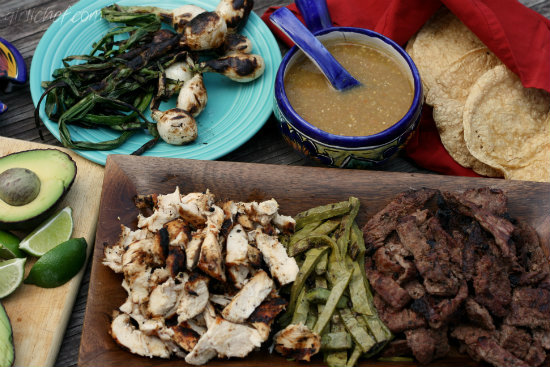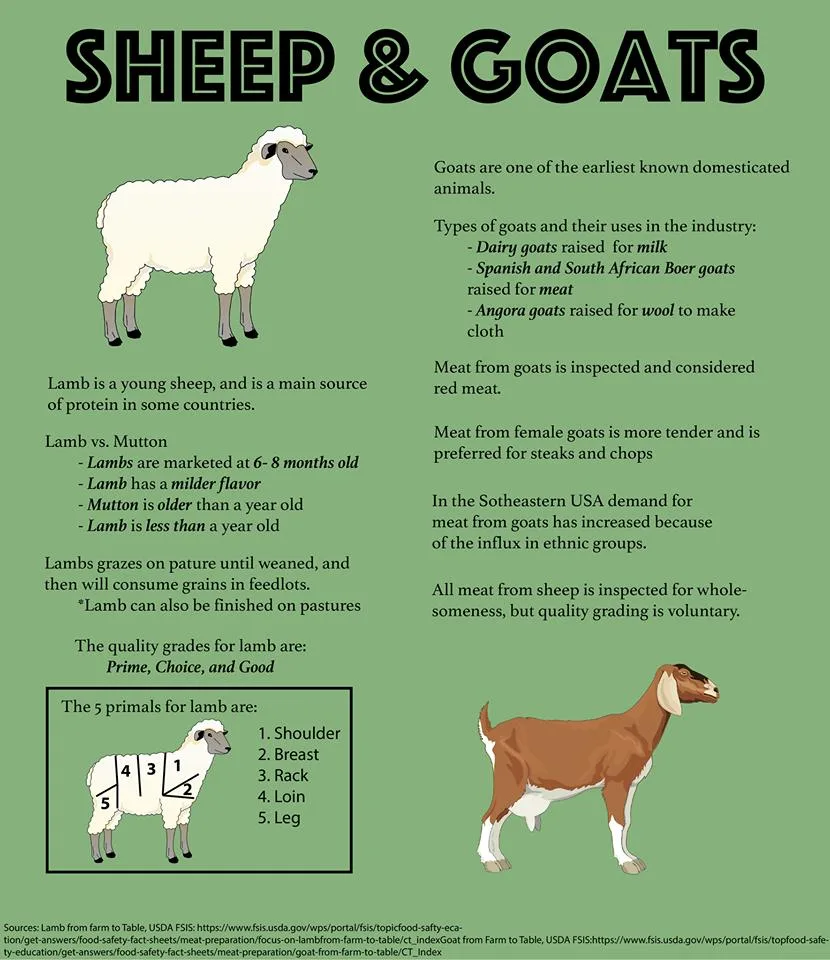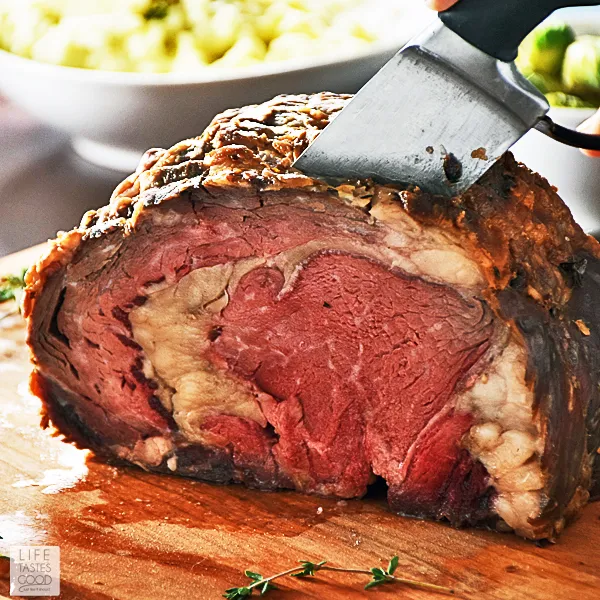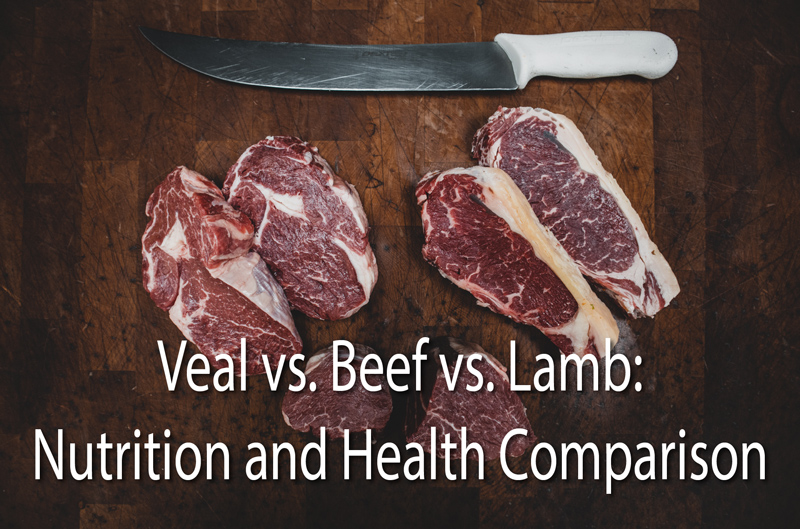– Mutton, lamb, hogget, and sheep meat are terms used to describe the meat of domestic sheep.
– A lamb is a sheep in its first year and its meat is called lamb.
– Hogget refers to the meat from sheep in their second year, while mutton is the meat from older sheep.
– The terms hogget and sheep meat are not commonly used outside of certain countries.
– In South Asia and the Caribbean, the term “mutton” often refers to goat meat.
– Lamb is the most expensive of the three types of sheep meat.
– Mutton is harder to find in many areas.
– In some countries, such as Australia, the term “prime lamb” is used to refer to lambs raised for meat.
– The definitions for lamb, hogget, and mutton vary between countries.
– Younger lambs are smaller and more tender, while mutton comes from sheep over two years old.
– In the UK, “hogget” refers to animals that are 11 to 24 months old, while Australian butchers use the term for animals that are 13 to 24 months old.
– “Hogget” is still used in farming and specialty butcher usage but is rare in British, Australian, and New Zealand supermarkets.
– “Mutton” refers to the meat of a female or castrated male sheep with more than two permanent incisors in wear.
– In the US, mutton consumption has declined since World War II and most sheep meat comes from animals between 12 and 14 months old, labeled as “lamb.”
– USDA grades for lamb consider factors other than age.
– “Spring lamb” is slaughtered between March and October, according to USDA definition.
– In the Indian subcontinent, the term “mutton” is used for goat meat.
– Goat population has been increasing, and over a third of the goat population is slaughtered and sold as “mutton” each year.
– Domestic sheep population in India has been declining, mainly used for wool production.
– “Milk-fed lamb” refers to meat from an unweaned lamb, typically 4-6 weeks old, weighing 5.5-8 kg.
– Salt marsh lamb is the meat of sheep that graze on salt marshes, with different plants depending on the location.
– Salt marsh lamb is popular in France and growing in popularity in the United Kingdom.
– Saltgrass lamb is a type of lamb exclusive to Flinders Island in Tasmania.
– Lamb meat is taken from sheep between one month and one year old.
– Mutton and hogget have a stronger flavor and higher concentration of fatty acids compared to lamb.
– Mutton and hogget tend to be tougher and are better suited for slow cooking methods.
– Lamb can be sorted into three kinds of meat: forequarter, loin, and hindquarter.
– Lamb chops are cut from the rib, loin, and shoulder areas.
– Shoulder chops are considered inferior to loin chops and are usually grilled.
– Leg of lamb and saddle of lamb are usually roasted.
– Forequarter meat contains more connective tissue and is best cooked slowly using moist methods like braising or stewing.
– The popularity of lamb and mutton varies by region, with mutton being common in Middle Eastern, Indian, Mongolian, and South American cuisines, while lamb is preferred in Australia, Europe, New Zealand, and Canada.
– Many Americans do not like lamb because they have actually been sold mutton.
– The production of lamb emits more greenhouse gases per gram of protein than other common foods, except for beef.
– Lamb has a lighter, pink color when raw, while mutton has a deep, dark red hue.
– Raw lamb meat has a sweet and fresh smell, while raw mutton meat has a pungent and gamey scent.
– Lamb cuts like Lamb Rib Chops and Rack of Lamb can be expensive, ranging from $18 to $40 per lb. for good quality organic grass-fed lamb.
– Mutton is cheaper than lamb, with prices ranging from $9 to $12 per lb.
– Mutton and goat meat are sometimes sold as lamb in the US.
– Visual differences between lamb and mutton include color, fat content, size, and rib size.
– Lamb is considered to taste better than mutton, with a softer texture and mouthfeel.
Continue Reading



